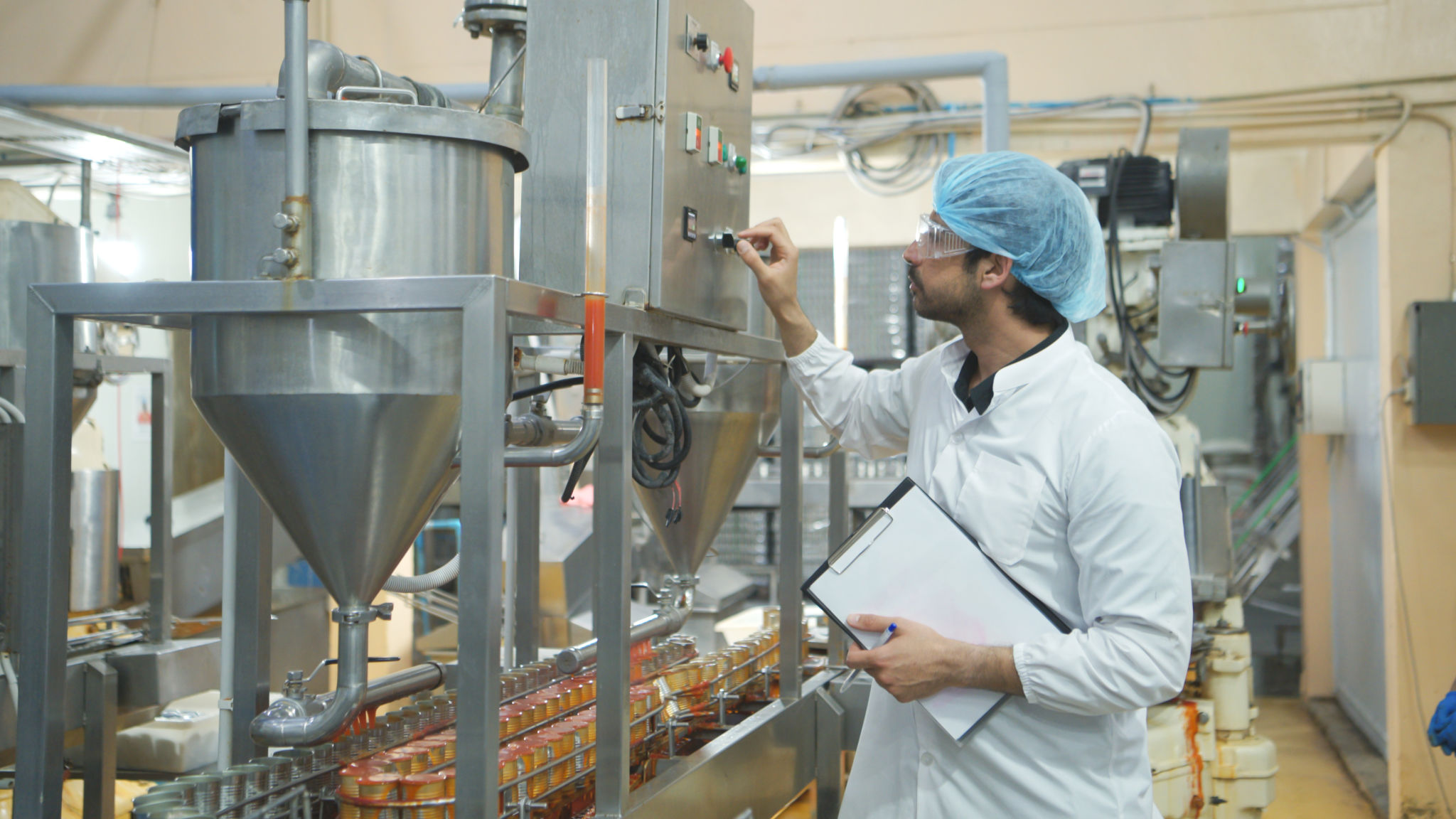Maximizing Efficiency with Automated Food Packaging Systems: A Case Study
Introduction to Automated Food Packaging Systems
In the rapidly evolving food industry, efficiency and precision are key to staying competitive. One of the most significant advancements in this field is the adoption of automated food packaging systems. These systems not only streamline operations but also ensure quality and consistency in food products. In this blog post, we'll explore how these systems have transformed a particular food manufacturing company, leading to increased productivity and reduced operational costs.

The Need for Automation
Manual packaging processes often lead to inconsistencies and errors, which can affect product quality and customer satisfaction. To address these challenges, many companies are turning to automation. Automated systems offer several advantages, including faster processing times, reduced labor costs, and minimized human error. By implementing these systems, businesses can focus more on strategic growth rather than day-to-day operational challenges.
Case Study: Streamlining Operations
A mid-sized snack manufacturer faced issues with manual packaging, such as bottlenecks in production lines and increased waste due to inconsistent packaging. They decided to invest in an automated food packaging system to resolve these issues. The results were transformative, with the company witnessing a 30% increase in production efficiency within the first six months.

Key Benefits of Automated Systems
The implementation of automated packaging systems brought several benefits to the company:
- Increased Speed: The automated system significantly reduced the time taken to package each product.
- Consistent Quality: Automation ensured that each package met the required standards without deviation.
- Cost Savings: With less dependence on manual labor, the company reduced its operational expenses.
Overcoming Challenges
While the benefits are clear, transitioning to automated systems comes with its own set of challenges. Initial costs can be high, and there is a learning curve associated with implementing new technology. However, with proper planning and training, these challenges can be effectively managed. The snack manufacturer invested in employee training programs to ensure a smooth transition and maximize system efficiency.

Future Prospects
As technology continues to advance, the capabilities of automated food packaging systems will only expand. Future trends include smarter systems that can adapt to different products and packaging styles without extensive reprogramming. Additionally, the integration of artificial intelligence could further enhance system efficiency and adaptability.
Conclusion
The case study highlights how automated food packaging systems can revolutionize operations within the food industry. By embracing automation, companies can achieve greater efficiency, reduce costs, and maintain high standards of product quality. As these technologies continue to evolve, they will undoubtedly play a crucial role in shaping the future of food manufacturing.
For businesses considering this transition, the key is to carefully plan and implement these systems to ensure they align with overall operational goals. With the right strategy, the benefits of automation are within reach, promising a more efficient and profitable future for the industry.
